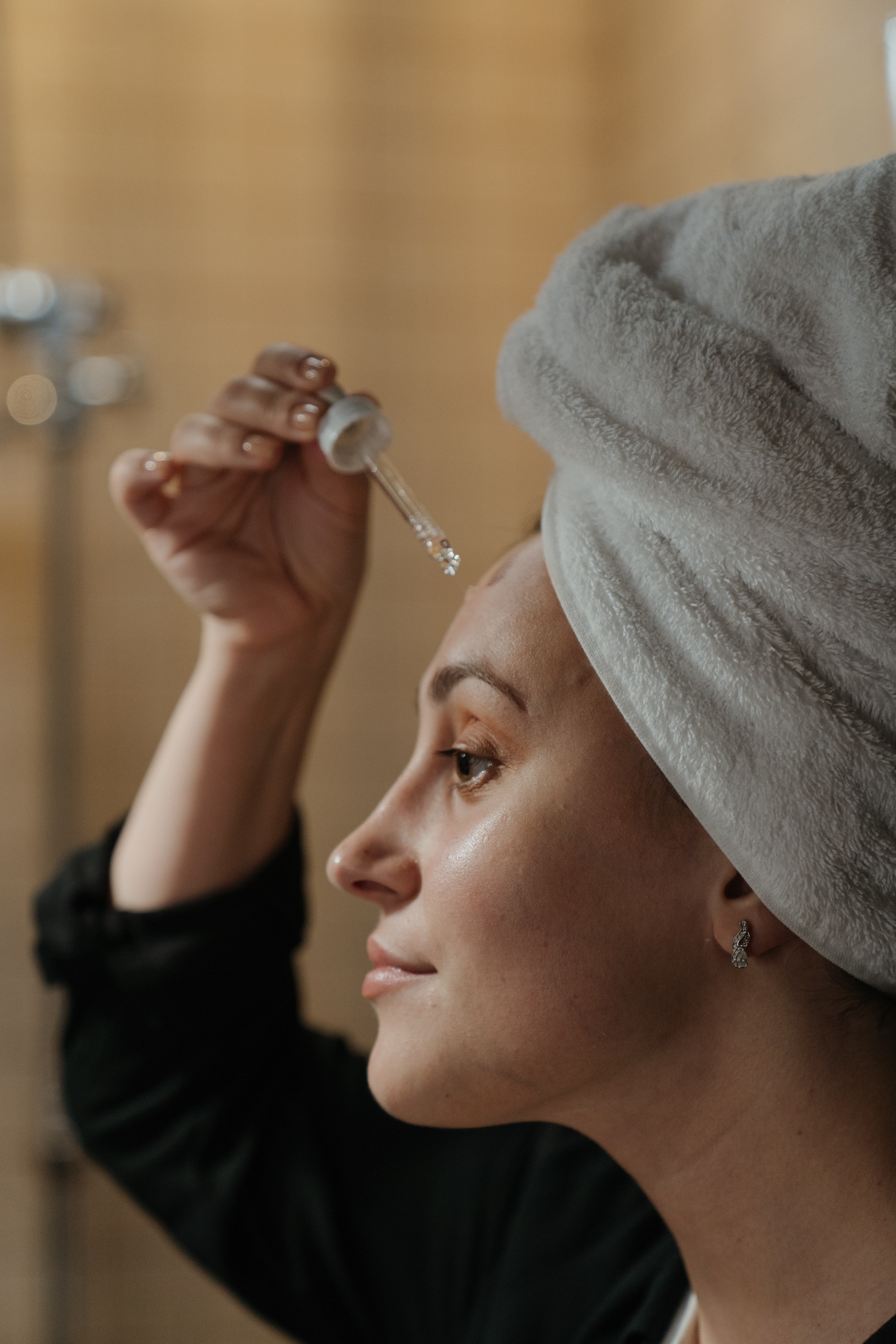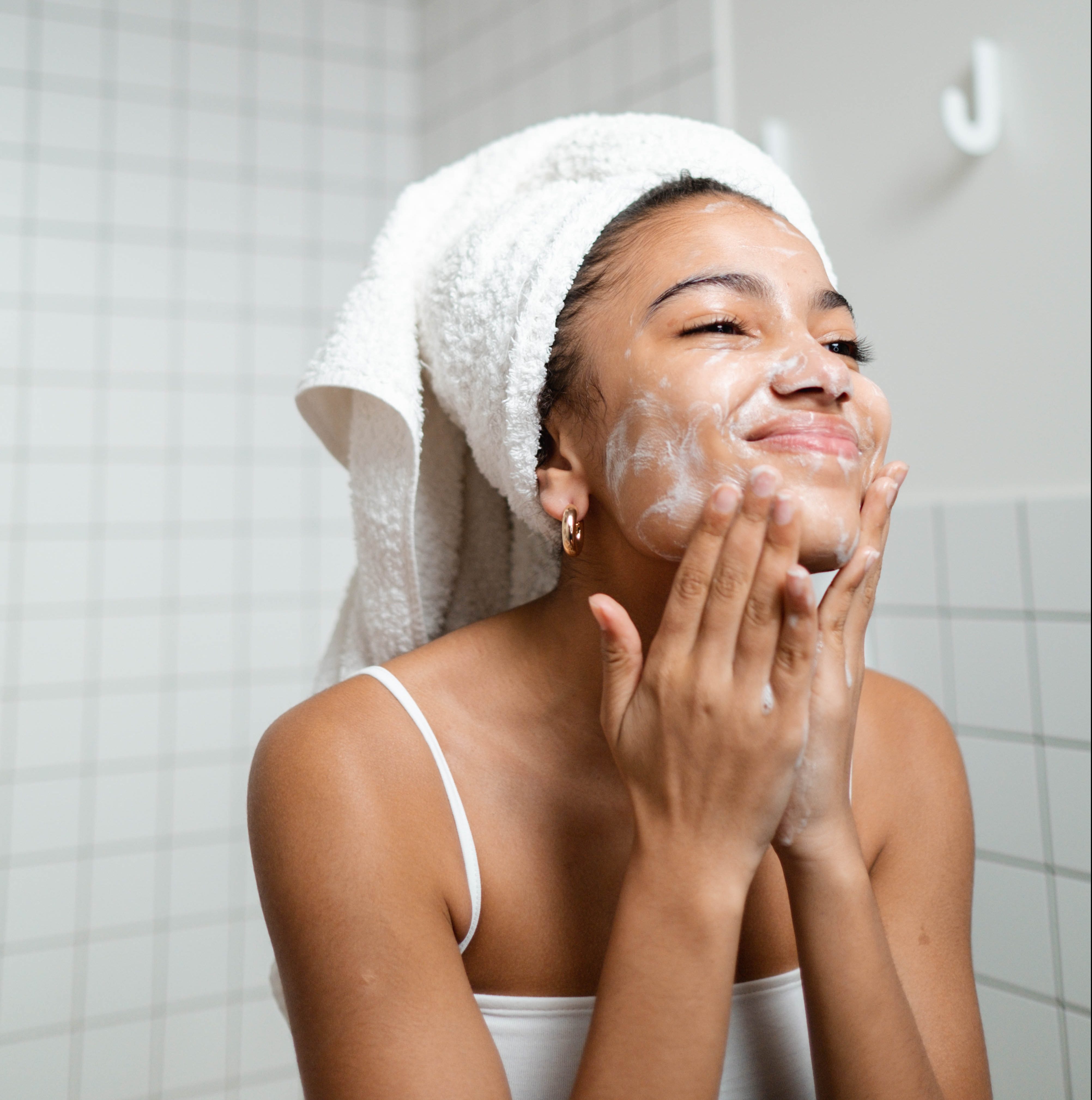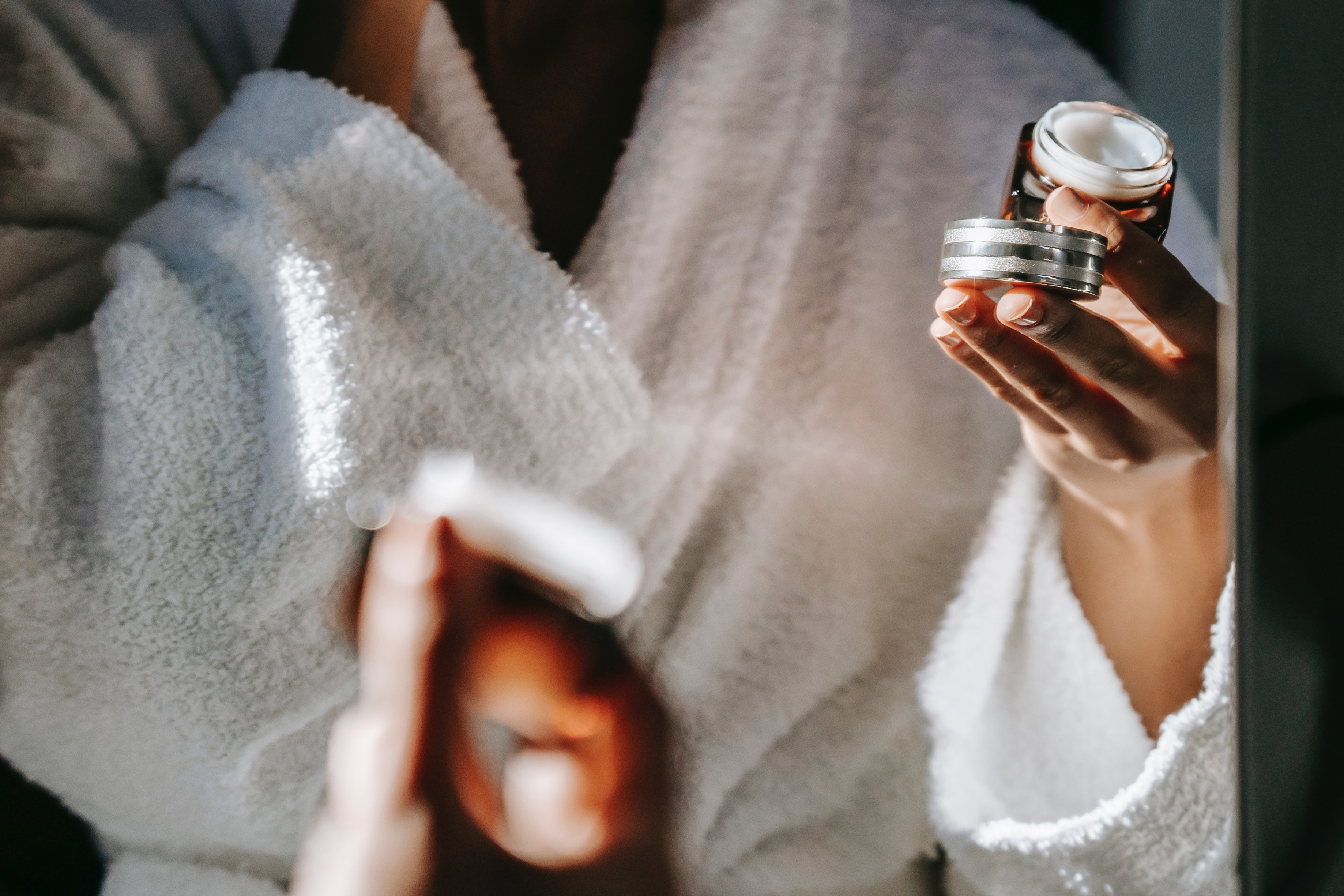W
ho knew any good could be found in some types of bacteria on our skin? Guts yes, but skin? Wow! Apparently, skincare experts have discovered that some bacteria are actually
beneficial to the skin. This is where the whole concept of microbiome skincare springs from. It’s like solid a skincare ecosystem at your touch, literally.
So, what is microbiome skincare? Simply put, microbiome skincare refers to the skin as a living ecosystem where there are both “good” and “bad” bacteria. Truth is, there are trillions of microorganisms living on your skin, and the key to a healthy skin is a flourishing microbiome. Thus, healthy, glowing skin is at your reach. Consequently, poor microbiome health will also show on your skin and this can take the form of inflammatory skin conditions like acne, eczema, and psoriasis.
While beauty companies, influencers, and enthusiasts alike are receptive to the concept of microbiome skincare, the regular users still have their reservations. A major reason being that bacteria has always been projected as harmful and non-beneficial.
How does microbiome skincare really work?

Scientists have discovered that there are two kinds of bacteria that our skins are exposed to on a regular basis–good and bad bacteria. That is to say, on a daily basis you walk around with a thriving ecosystem on your skin. While the harmless bacteria exist to protect you from harmful germs and toxins, the “bad-guy” bacteria seek to do otherwise. Therefore, microbiome skincare creates a healthy balance between the two, and this in turn allows for a healthy environment for these microorganisms which ultimately lead to a healthy skin. Most importantly, the more strains of good bacteria on your skin, the healthier it becomes. Quite impressive!
Check out 4 effective ways to keep your skin’s microbiome balanced…
1. Reduce the use of antibacterial products

Remember that you’re trying to create a thriving bacterial ecosystem, so excessive use of antibacterial products would defeat that purpose. Rather, try using milder skin care products, especially products that balance your skin’s PH levels.
2. Avoid over cleansing your face

Believe it or not, excessive cleansing of your face can break down your skin’s natural barrier, and depending on cleanser used, may strip your skin’s natural oils. Bet you didn’t know that. In order to maintain a balanced microbiome, cleanse your face twice a day using mild cleanser. Also, opt for water based cleansing wipes when removing makeup.
Shop mild cleanser
3. Include prebiotics & probiotics in skincare regime

Prebiotics and probiotics are skin essentials that have been proven to improve radiance, treat skin conditions such as eczema and also fight the signs of aging. They equally calm skin inflammation. That is to say that prebiotics and probiotics create the food these beneficial microbiome feed on to help nourish skin. They are both topical and can be ingested.
Shop prebiotics & probiotics picks
4. Invest in microbiome skincare products

There are different microbiome skincare products available in the market right now. All are skin friendly and help to balance and grow the good bacteria on the skin. This means that you should feel free to explore your options and go all out if you choose to!
Shop editor’s edit
Let go of that creepy feeling you get when you think about thousands of bacteria crawling all over your body and start being grateful to your skin for its ever protective role. Microbiome skincare is here to stay and we don’t mind it taking all the time it needs.
Featured image: icapturestudios/Instagram
For the latest in fashion, lifestyle and culture, follow us on Instagram @StyleRave_
